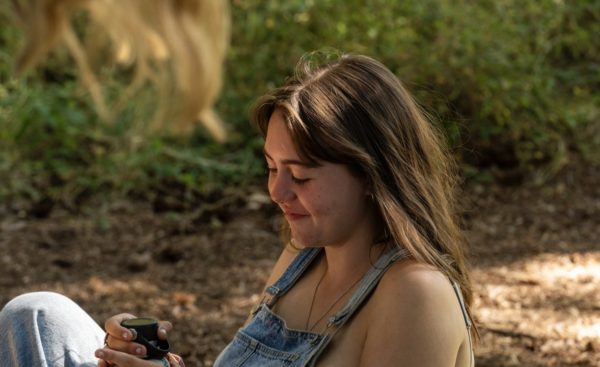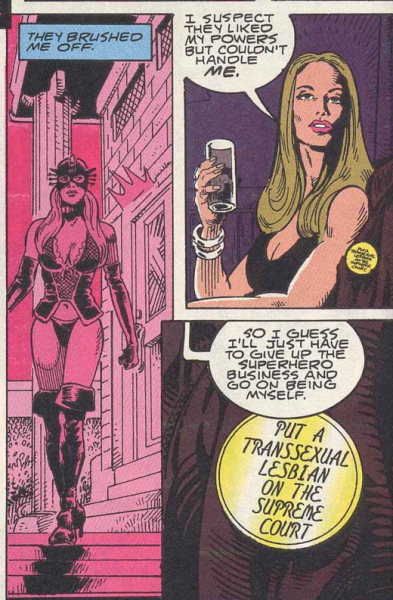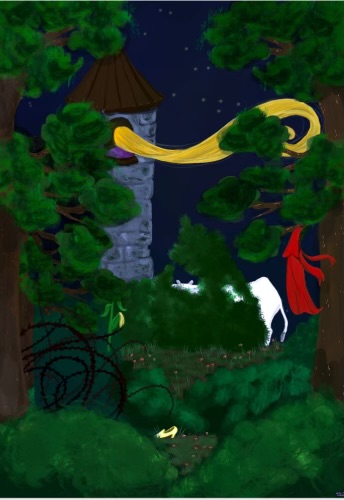Putting the Art in Artificial
The debate on artificial intelligence in the arts.
Artificial intelligence has become increasingly accessible, from text generators online to filters on TikTok. What AI generators do is mass search online for images that fit a selected prompt, then combine them to further represent the subject, producing several designs in varying styles (i.e. photo of the Eiffel Tower with a purple sky). But this revolution in AI generation comes accusations of theft, plagiarization, and artistic erasure
Anti-AI hashtags and projects have trended on multiple social media platforms, with thousands of likes and shares. Artists who share their work online have wiped them completely from the internet out of fear of theft. But AI continues to override, especially since art-centered applications like ArtStation are allowing AI-generated art to trend over professional artists, causing waves of protest.
Though this doesn’t stop artists–both first-time and full-time–from launching their own AI exhibitions, like in the case of DALL-E, a free AI art generator online. DALL-E recently held their own gallery in 2022 dedicated to artists partnering with their site. This recent development in AI has sparked controversies, as some of the art pieces are centered around artificial copies of famous works, such as Girl with a Pearl Earring by Johannes Vermeer. DALL-E states that since their AI is “[extending] the original image, creating large-scale images in aspect ratio” (known as Outpainting), it isn’t considered plagiarizing. Outpainting can be used to “recreate” iconic portraits with different settings or different subjects (i.e. Mona Lisa by Leonardo da Vinci underwater, The Kiss by Gustav Klimt with two cats, Brittany Spears painted in the style of Van Gogh).
As expected, the website garnered attention from authentic creators who believe that progression in AI will debilitate “real art” and erase artistic appreciation. This was only magnified when game developer and amateur artist Jason Allen entered Colorado State Fair’s annual art competition with his AI piece “Théâtre D’opéra Spatial.” The depiction of other worldly creatures inspired from Frank Herbert’s Dune took home first place, making it the first–and likely not the last–AI artwork to win a prize. This feat, while successful for those in the technology of AI, undermines the commissions of other artists who have spent countless hours perfecting their craft.
With new inventions being made in tech, art continues to evolve with it. “Real art” means something different to each viewer: modern artists like Yayoi Kusama would have been discredited hundreds of years ago, today she is celebrated worldwide. While artificial art is undeniably less powerful as the Renaissance, technology will continue to invade the world of visual art and literature.

Havana Hakala is a junior at Garfield High School and starting her second year on the Messenger. As a returning staff member, Hakala is more than prepared...





